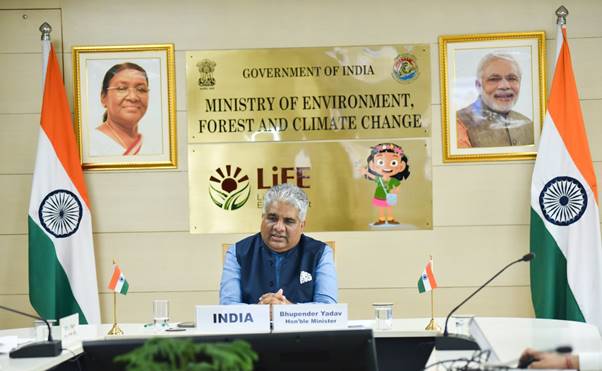Why is Earthing For Transformers So Important?
Table of Contents
- Advantages of Earthing for Transformers:
- Type of Earthing for Transformers:
- Conclusion:
- What are Earth Rods?
- Myths of Chemical Earthing
- EV Charging Station Safety – The Surprising Need for Earthing
Distribution Transformers are an important component of the power distribution network. They play a major role in providing an uninterrupted power supply to consumers. They are one of the most reliable components of the power grid, yet there can be situations where they fail. Electrical damages are one of the causes of transformer failure. This can be due to transient or overvoltage conditions caused by lightning or switching surges. Sudden failures or damages of transformers can result in unscheduled outages resulting in huge losses. Earthing for transformers can drastically reduce these outages and losses from it.
Advantages of Earthing for Transformers:
Earthing directs the excess current to the ground and thus provides protection. Earthing for transformer is extremely important for the safety of personnel and normal functioning of the system. Some of the main advantages of earthing a transformer system are listed below.
a)The low magnitude of transient over voltages.
b)Greater protection from lightning.
c)Reduction in frequency of faults.
d)Improved fault protection
e)Lesser maintenance requirements.
f)Higher safety for personnel.
Type of Earthing for Transformers:
Earthing for a transformer is done in two ways to ensure safety.
1) Body Earthing
2) Neutral earthing
1) Body Earthing:
The first earthing type for the transformer is Body Earthing. The body of the transformer consists of the oil tank, insulation, tap changer, conservator, breather etc. During a fault condition, leakage current flows through the body. Any person who comes in contact with the body has a chance of getting struck by severe shock. To avoid this situation body of the transformer is grounded. In the transformer body, mainly the tank is connected to the ground rod with two earth connections. This is also known as safety earthing or bonding. In body earthing, non-current carrying metal parts such as the tank, radiators, core etc. of the transformer are connected to the earth. The transformer body earthing terminal is connected to the medium voltage main earthing bar by an insulated copper earthing conductor. The body earthing for the transformer also provides protection from lightning incidents.
2) Neutral Earthing:
The second earthing type is Neutral Earthing. Under fault events or unbalanced loading conditions, current flows through the neutral wire to the ground. In a three-phase connection, there can be varying loads between the three phases. This unbalanced load can cause a fault current called a floating current. This fault current or floating voltage which is very dangerous can be avoided by providing a neutral earthing for the transformer. Also, if there is a fault in the transformer, star winding or the connected cables/bushings, the transformer will be isolated when there is a neutral earthing.
Consider that one of the phase lines is struck by lightning. The over-current is transferred to the other phases easily in such an instance. But if the system has a neutral earthing, this extra current gets directly grounded, and the system is safe from damage.
The neutral earthing also limits the over voltage on the non-faulted phases, which helps in lowering dielectric stress on the insulation system. This permits the use of surge arresters designed for earthed transformer systems. In multiphase distribution systems, this results in thinner insulation systems for cables and transformer windings, which can result in substantial cost savings.
Similar to body earthing, the neutral of the three-phase transformer is connected to a ground rod with copper earthing material. Transformer neutral (star point) is to be connected by an insulated earthing conductor directly to the independent earthing electrode.
Conclusion:
The earthing for a transformer and its housing must be intact to avoid accidents or damages caused by over voltages. Since these facilities deal with high power handling, there is a greater possibility of unexpected voltage fluctuations. Any such fault can be dangerous to the operating staff and the downstream equipment or loads.
Along with the earthing for the transformer, all other exposed non-current carrying metal parts of the transformer installation, including the fences, guards, pipings etc, should also be grounded and bonded for safety. Maintaining an equipotential ground can avoid the dangers of step and touch potential. Earth mats are one of the main earthing techniques used in such facilities for extra safety.
You can read more on Earth Mats in our previous blogs. Common lightning arresters also should be connected to the earth electrode, following the shortest path. These lightning arresters provide a dedicated path for the lightning current to the earth. Thus overall protection of the transformer and the housing is possible for safe power distribution.
SOURCE : https://axis-india.com/earthing-for-transformer/

